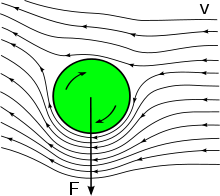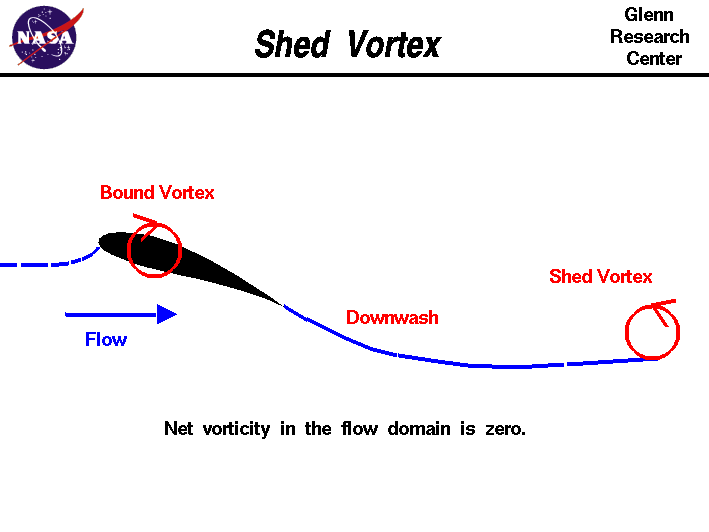Politicians deciding a scientific truth of CO2 global warming at the 2009 Copenhagen Conference. Notice that our Prime Minister (3) is skeptical but keeps quite.
Science and politics/society is closely intertwined, but is it even so that scientific truth is determined by politicians?
Yes of course you say: Just look at the climate science of CO2 global warming determined by the politicians of IPCC: Continuing burning fossil fuel will raise global temperature by catastrophical 3 C and thus has to be reduced to zero by 2050.
The real scientific evidence for the CO2 alarm is however nil.
But is this an exceptional case? Is truth in more fundamental areas of physics determined by science and scientists and not by politics and politicians?
You may, probably correctly, argue that Newton's 2nd Law is not determined by politicians, but what about quantum mechanics and relativity theory forming the foundations of modern physics?
Well, we know that Planck as an expression of the ambitions of the emerging German Empire in 1900 took on the task of solving the main open problem of classical physics of blackbody radiation, and knowing that a solution had to be delivered "at any price", gave up the most holy of all principles of physics of determinism in his resolution based on statistics. The emerging German Empire had to deliver a solution and it did, however at the price of giving up holy principles of physics. This was practical politics rather than true science.
We also know that Einstein was elevated to be the God of modern physics by Eddington in a grand gesture of reconciliation between England and Germany after the 1st Word War, which was further enforced by an enthusiastic reception in the US with relativity as the ultimate expression of modernity. France remained skeptical to Einstein' science until the 1950s, joined by USSR, but with Einstein in the team the US could win the Cold War and so finally confirm the truth of relativity theory, as well as the statistical interpretation of quantum mechanics going back to Planck.
But few physicists of today claim to understand relativity theory, and less the 50% say that they believe in the statistical Copenhagen interpretation of quantum mechanics.
The 1st World War is known as The Chemist's war and the 2nd as The Physicist's War, both won by better science, some of which was actually true. What will science be without a war?
PS And what about the
theory of flight? Was it determined by Germany in cooperation with US in the 1920s that the Kutta-Zhukovsky circulation theory explains the generation of lift under heavy protests from UK? Yes, that is the truth which is still valid.







































